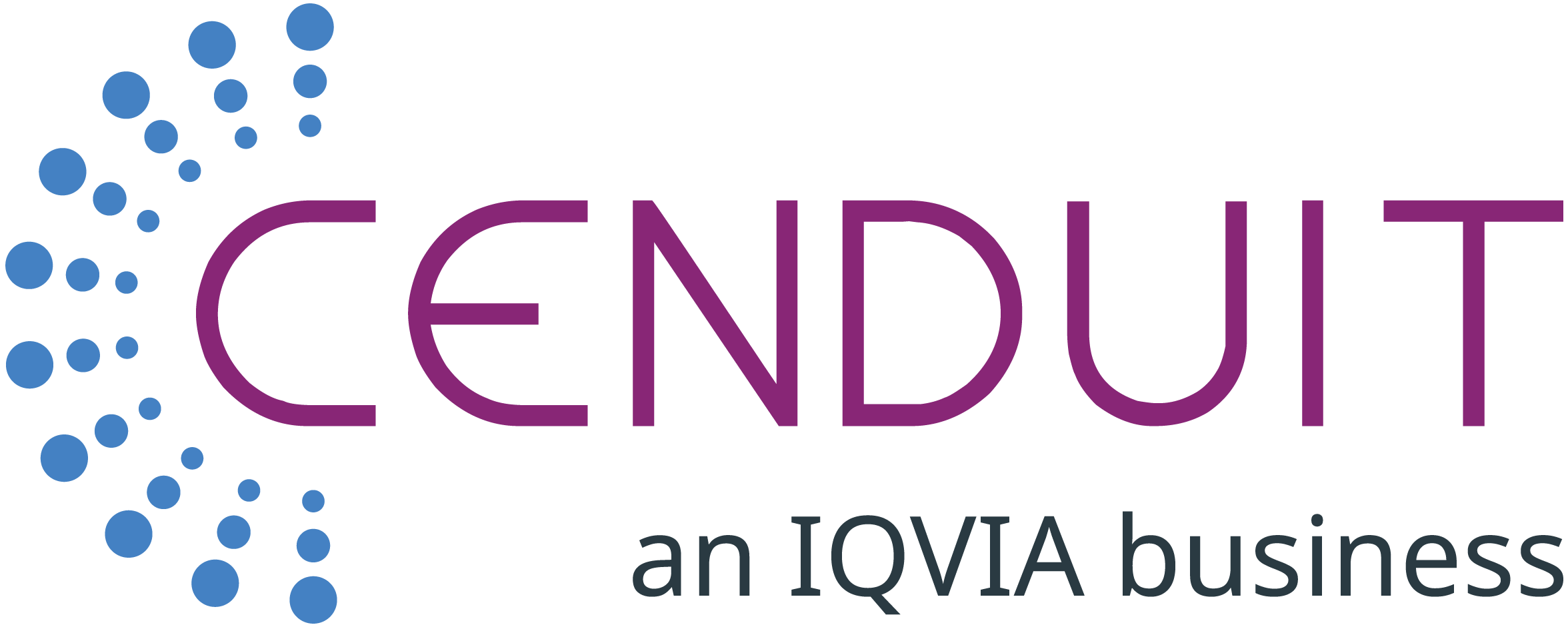Standardizing eClinical Terminology - Easing the Site Burden to Improve Quality, Compliance and Safety
As in years past, the clinical trial industry declared 2019 “The Year of the Patient.” The encouraging news is that we’re seeing a more dedicated effort among sponsors, CROs and eClinical technology providers to ensure the safety and convenience of trial participants.
However, the phrase “Year of the Patient” also raises an equally important consideration about clinical trial terminology: A growing number of trial volunteers also prefer to be called “subject” because the meaning of “patient” can have different connotations for everyone. This has led some sponsors to undertake mass standardization to refer to trial volunteers as “subjects.”
As another example of the need for sensitivity in terminology, referring to “blinding” in a trial can be challenging, especially to the participants in specialized vision-related trials. Calling a study “masked” instead can be more tactful, particularly in these scenarios.
In addition to the issues of “patient or subject” and “blinding or masking,” consider these interchangeable terms that our industry utilizes across clinical trials…
● “Site,” “center”
● “End of study,” “end of treatment”
● “Enrollment,” “screened”
● “Material, “kits,” “vials,” “drugs,” “pack”
● “Withdrawn,” “discontinued”
…all mean the same thing.
Now, put yourself in the shoes of site personnel. Sponsors might standardize in an effort to make trial language easier to understand and navigate, but sites could be working with different sponsors, systems and terminology. If a site logs into more than one protocol, even a slight variation in terms can connote different meanings for end users, and result in confusion, delays and errors.
The Many Variations of Technology Terminology
Furthermore, as an example of eClinical technology terminology, the industry has chosen to use IRT, IVR, IVRS, IxRS and RTSM at the forefront of many protocol documents.
In the 1990s, IVR systems (Interactive Voice Response Systems) were developed to randomize trial subjects via telephone, as well as to supply sites and dispense study drugs. (Primarily, documentation is still often called IVRS.)
Around the 2005-2006 timeframe, the biopharma industry began using IWRS (Interactive Web Response Systems) as a standard term, which is what we have today. Typically, when a sponsor uses IVR and IWRX, they are often referred to jointly as IxRS.
Over the past decade, IRT (Interactive Response Technology) has become an umbrella term to describe the methodologies for randomization, drug supply and dispensing. RTSM (Randomization and Trial Supply Management) is sometimes referred to jointly with IRT.
This alphabet soup of terminology has the potential to create confusion among smaller and emerging biopharmas (EBPs), whose teams may not always have the same level of industry experience as larger sponsors using IRT. In labeling technologies - and especially those that are subject-facing, such as EDC, IRT and ePRO - sponsors and CROs need the terms to be as descriptive as possible, especially for complex and adaptive trials.
Driving Standardization, One Study at a Time
The issue of standardization sparked the decision at Cenduit to recommend standard terminology whenever we build an IRT system for a client. When we receive a protocol, our expert System Design PMs (SDPMs) assess and advise the best way to program the Cenduit IRT system to meet the needs of the study. SDPMs are also responsible for making terminology recommendations as part of study set-up, so that these terms are defined early on, easily understood, and don’t need to be addressed again.
Raising Standards Helps Ensure Quality, Enables Innovation, and Builds Expertise
It’s clear that we need to standardize terminology across biopharma and clinical trials. We are seeing more efforts to do so at industry conferences and symposia, and across digital media. For example, TransCelerate BioPharma and the Clinical Data Interchange Standards Consortium (CDISC) have undertaken initiatives to develop industry-wide standards to improve the exchange and submittal of clinical research and metadata, which will ease the site burden while improving patient safety and outcomes.
Beyond current standardization best practices, our industry needs to push itself and expedite such efforts on a more global scale. The goal is that all stakeholders - especially sites and subjects - will know exactly what terms mean, and recognize consistency from study to study, regardless of sponsor, CRO or eClinical technology provider.
As we continue moving toward human centricity, standardizing terminology can be a major step forward in continuing to innovate quality studies to run as safely and expertly as possible. Sites have more time to complete the eCRF, (electronic case report form), stay compliant, and spend more time with the most important stakeholder – the human being in the trial.
Posted by Kate Godwin-Smith, Associate Director of Project Management at Cenduit’s UK operation






